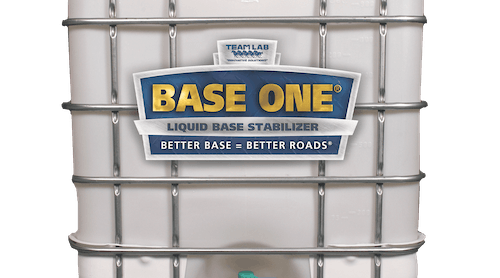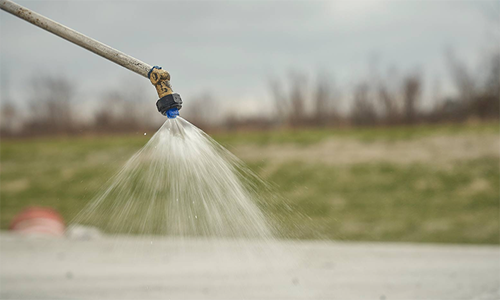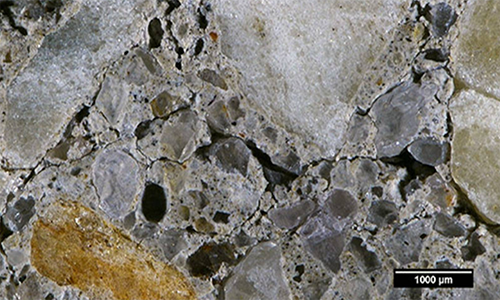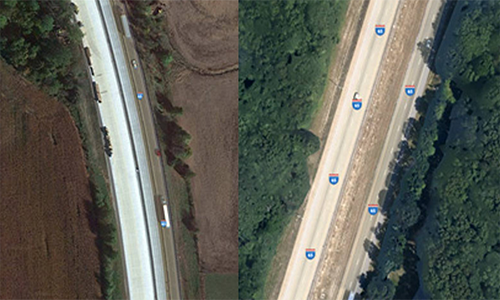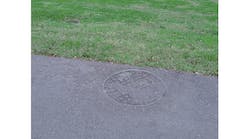The Situation
L.G. Barcus & Sons are no strangers to railroad bridge installations. However, their latest project to demolish an old railroad bridge and move a new 135-foot-long, 536T steel span in position within 22 hours required special planning.
Faced with several factors that could have stalled the project, the project managers, superintendents, and engineers at L.G. Barcus & Sons went over several options to determine the best way to place the span when time constraints and accessibility caused the usual lift plan to be scrapped.
The Challenges
Within 22 hours, Barcus needed to place the 135' section of bridge that spanned the river, then install two additional 50' spans, one on the east side and one on the west side, to complete the bridge and have trains running again. This made time constraints one of their biggest challenges. As a result, building the new bridge in place was eliminated as an option immediately, as well as the possibility of moving the 135’ span in two separate sections.
L.G. Barcus & Sons had a 650T and 300T crane on site, and LGH could have provided the rigging gear necessary to make a traditional pick and place happen. However, once the headroom was factored in for lifting the entire bridge structure, the lift would have been pushing dangerously close to the crane’s capacity. Unfortunately, bringing in a bigger crane wasn’t an option due to space and accessibility restrictions on site.
"We were looking at a lot of ways to do it. Then someone just said, why don’t we roll it in?” Marshall Chambers, Superintendent for Barcus, said.
The Solution
Enter the Hydra-Slide Skidding System. A project manager for Barcus had previously seen the Hydra-Slide in action and was enthusiastic about using it. He connected with LGH Rental Support Representative Matt Kral, and together, they devised a plan.
Generally, the Hydra-Slide comes with four skid shoes and has a rated capacity of 500T. However, since the span weighed 536T, additional planning had to be done. Kral connected with Don Mahnke, President of Hydra-Slide, who confirmed that the Hydra-Slide track could handle more weight if additional skid shoes were used to distribute the load across the system evenly.
Each shoe adds a 125T capacity, and up to two shoes may be added to safely increase the system’s capacity to 750T. This discovery put the Hydra-Slide back in play as the optimal piece of equipment for this application.
The Result
After the Hydra-Slide and accessories were delivered on-site, L.G. Barcus & Sons began constructing the new bridge on top of the Hydra-Slide track sections.
The application required the construction of 25 feet of h-pile and steel caps to run the Hydra-Slide out on. L.G. Barcus & Sons also added temporary footings to have support legs for the track on top of the Hydra-Slide. When all preparations were in place, the slide began.
With two synchronized Hydra-pacs powering the system, the bridge was moved straight in with no effort, aside from eyeballing the structure to ensure nothing became caught or skewed. Once the sliding began, the Hydra-Slide system had the bridge in position within about 30 minutes. At that point, L.G. Barcus & Sons utilized multiple hydraulic jacks to jack the bridge off the Hydra-Slide, remove the tracks, and lower the bridge back in place. The two 50’ steel spans were then installed on the east and west side of the bridge.
As a result, L.G. Barcus & Sons completed this massive project within the time frame that the customer required with no significant problems or delays.
Access the in-depth story here.



